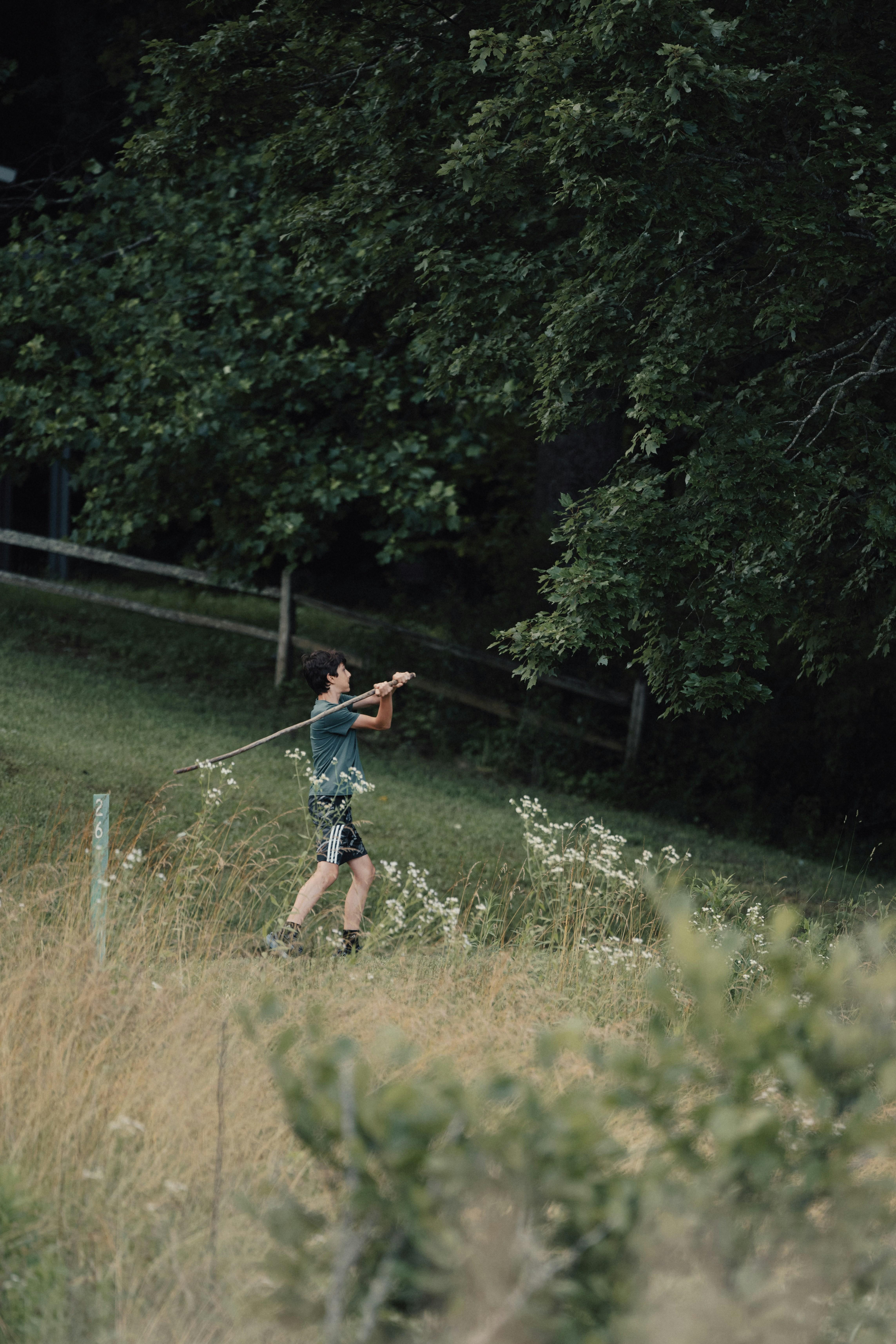Richard Linklater, an acclaimed American filmmaker, has carved a unique niche in the cinematic landscape with his contemplative storytelling and innovative narrative techniques. His films, often characterized by their philosophical musings and temporal fluidity, offer profound insights into the human experience. Central to Linklater’s oeuvre are the intertwined themes of love and time, which he explores with remarkable depth and subtlety. Through a meticulous examination of his filmography, one can discern how Linklater uses the passage of time not merely as a backdrop but as a dynamic force that shapes relationships, influences emotions, and ultimately defines the nature of love itself. This article delves into the intricate interplay of these themes, analyzing how Linklater’s distinct narrative style and character-driven plots illuminate the complexities of human connections across time. By exploring key films such as the “Before” trilogy, “Boyhood,” and “Dazed and Confused,” we aim to uncover the nuanced ways in which Linklater captures the ephemeral yet enduring essence of love amidst the relentless march of time.
The Interplay of Love and Time in the Before Trilogy
In Richard Linklater’s Before Trilogy, the complex relationship between love and time unfolds with a profound subtlety, drawing viewers into an intimate exploration of human connection. The films—Before Sunrise, Before Sunset, and Before Midnight—are each set nine years apart, allowing the audience to witness the evolution of Jesse and Céline’s relationship across different stages of their lives. This temporal spacing serves as a narrative device that emphasizes the fleeting nature of time and its impact on love, capturing the essence of how relationships evolve, deepen, and face challenges over the years.
Linklater’s storytelling is remarkable for its authenticity and attention to detail. Through long, unbroken conversations and minimalistic settings, the trilogy explores themes of idealism, reality, and the inevitability of change. The films highlight how:
- Time shapes identity: Each installment reveals how Jesse and Céline’s experiences and choices over time have shaped their identities, influencing their perspectives on love and life.
- Love transcends time: Despite the physical and emotional distances, their connection endures, suggesting that true love can withstand the test of time.
- Moments are ephemeral: The films capture the beauty of transient moments, reminding viewers of the importance of cherishing the present while acknowledging the passage of time.
The interplay of love and time in the trilogy serves as a poignant reminder of the complexities and enduring nature of human relationships, leaving audiences to ponder the timeless question of how love can be both a momentary and lifelong journey.

Times Passage and Emotional Evolution in Boyhood
Richard Linklater’s Boyhood is a cinematic journey that encapsulates the fluidity of time and the complexities of emotional development. The film follows the protagonist, Mason, over a span of 12 years, allowing viewers to witness the nuanced transformation of a boy into a young adult. This narrative structure emphasizes the gradual and often imperceptible nature of emotional evolution. As Mason navigates through life’s pivotal moments, the audience observes how time intricately weaves through his experiences, shaping his perceptions and emotions.
- Time as a Sculptor: The passage of time is portrayed as a subtle yet powerful force that molds Mason’s character. Each year brings new challenges and insights, reflecting the unpredictable nature of growing up.
- Emotional Milestones: Mason’s emotional journey is marked by a series of milestones, from childhood innocence to adolescent introspection. These moments highlight the complex interplay between time and emotional growth.
Linklater’s approach underscores the idea that emotional evolution is not linear but rather a series of interconnected experiences. The film’s real-time progression offers an authentic depiction of how love, in its various forms, influences Mason’s development. Through this, Boyhood becomes a profound exploration of the enduring impact of time on the human spirit.

Temporal Experimentation and Romantic Ideals in Linklaters Cinematic Universe
Richard Linklater’s films are renowned for their intricate exploration of time and its profound impact on human relationships, particularly romantic ones. Through the lens of temporal experimentation, Linklater crafts narratives that delve into the ephemeral nature of love and the enduring quest for connection. His work often challenges the conventional linear storytelling by employing techniques such as real-time sequences, long takes, and projects spanning decades. These cinematic choices not only reflect the passage of time but also highlight the fleeting yet intense moments that define human intimacy.
- “Before” Trilogy: This series uniquely captures the evolving dynamics of love across different stages of life, utilizing the passage of nine years between each film to enhance the authenticity of its characters’ growth.
- Boyhood: Shot over 12 years, this film provides an unprecedented view of a young boy’s journey to adulthood, mirroring the inevitable changes in relationships and personal ideals.
- Waking Life: A philosophical exploration of dreams and consciousness, offering a surreal commentary on the fluidity of time and the abstract nature of human connections.
Linklater’s cinematic universe is a tapestry woven with the threads of temporal realism and romantic idealism, creating a space where audiences are invited to ponder the true essence of time and love. By blurring the lines between reality and fiction, his films encourage viewers to reflect on their own experiences, ultimately revealing the universal truths that bind us all.

A Comprehensive Analysis of Linklaters Narrative Techniques
Richard Linklater’s films are renowned for their unique narrative techniques that intricately weave the themes of love and time. Linklater often employs a real-time narrative structure, allowing the audience to experience events simultaneously with the characters. This technique fosters a profound connection between the viewer and the storyline, as seen in the “Before” trilogy. By unfolding the narrative over a single day in each film, Linklater immerses the audience in the ebb and flow of conversations that explore love’s transient nature and the inevitable passage of time.
- Dialogue-driven storytelling: Linklater’s films often prioritize dialogue over action, creating an authentic depiction of relationships. The conversations in his films are not merely exchanges of information but explorations of complex emotions and existential musings.
- Non-linear timelines: Another technique Linklater frequently employs is the non-linear timeline, as evident in “Boyhood”. This approach allows the audience to witness the evolution of characters and their relationships over time, highlighting how love is influenced by the passage of years.
In addition, Linklater’s use of naturalistic settings enhances the realism of his narratives. The ordinary backdrops provide a canvas where profound human experiences unfold, underscoring the idea that love and time are universal themes that resonate across various contexts. Through these narrative techniques, Linklater crafts films that are not only stories but also philosophical reflections on the human condition.
In Retrospect
Richard Linklater’s films offer a profound exploration of the intricate themes of love and time, weaving them into narratives that resonate with audiences on multiple levels. Through his distinctive storytelling approach, Linklater invites viewers to reflect on the transient nature of life and the enduring impact of love, capturing moments that are both fleeting and timeless. His ability to portray the subtle interplay between these themes is a testament to his keen understanding of human relationships and the passage of time. As we dissect the layers within his filmography, it becomes evident that Linklater’s work not only entertains but also prompts a deeper contemplation of our own experiences with love and the inexorable march of time. Ultimately, his films serve as a reminder of the beauty and complexity inherent in these universal themes, leaving a lasting impression on both the heart and the mind.
